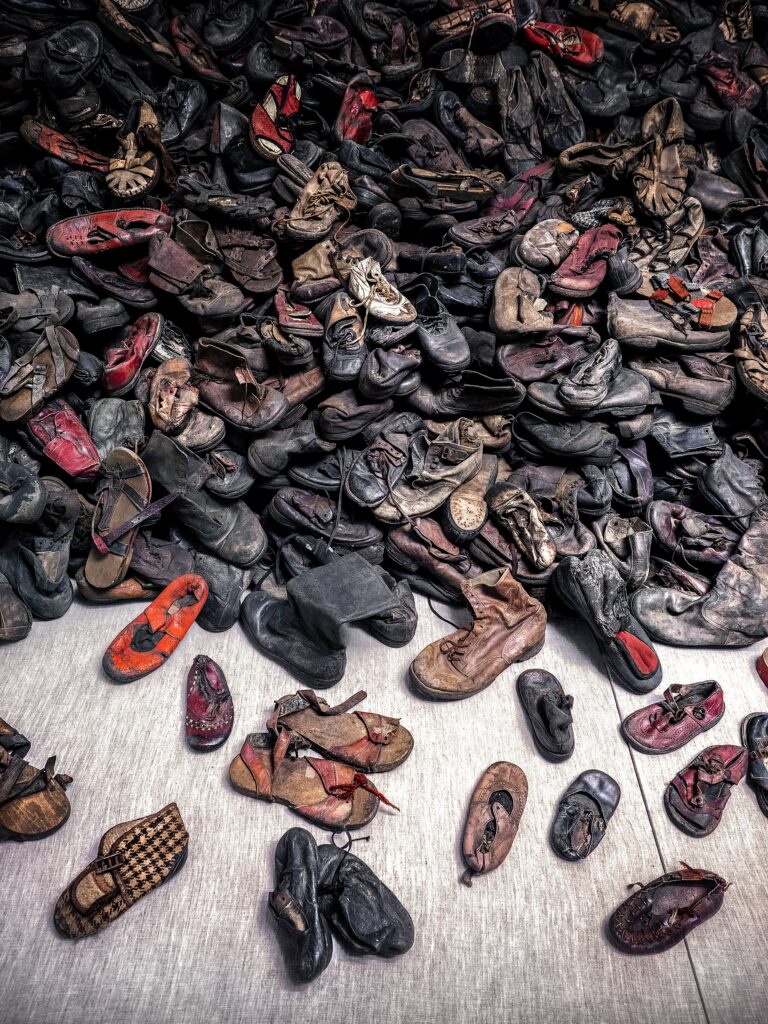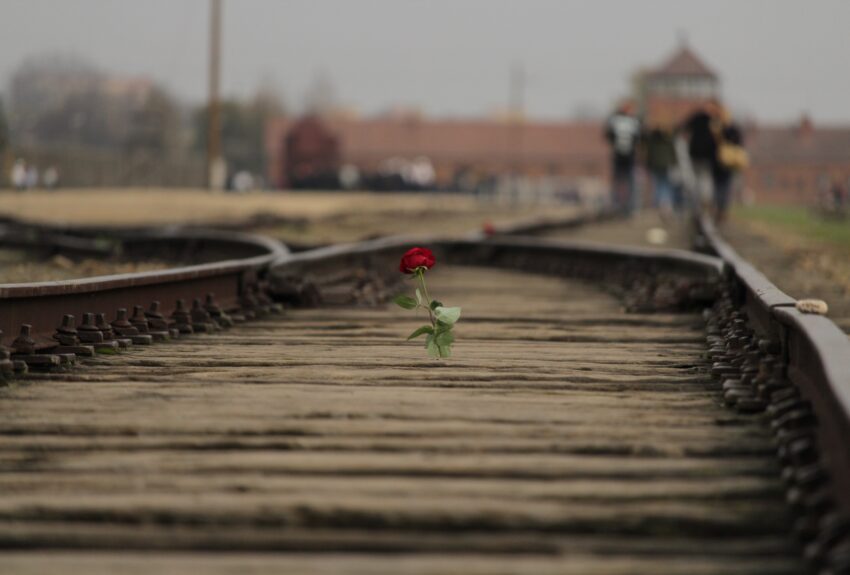January 27 marks 78 years since the Soviet army liberated the Auschwitz death camp in southern Poland during World War II.
In 2005, the United Nations designated January 27 as International Holocaust Remembrance Day as an opportunity for all to reflect on the significance of what happened, in the hope that remembering will mean “never again.”
The official designation promotes Holocaust awareness and education throughout the world to prevent further genocide.
Between 1940 and 1945, it is estimated that the lives of 1.5 million, Jewish men, women and children, were lost at Auschwitz alone. At the time of liberation, only 7,600 prisoners remained. Initially Auschwitz served as a place to house political prisoners. But when Hitler’s Nazi regime began to implement its “Final Solution,” Auschwitz became a death camp designed to eliminate all people Hitler determined as “undesirables.”
In addition to Jewish people, Hitler ordered the deaths of Roma people, people with mental and physical disabilities, members of the LGBTQ community, artists, educators and communists. As discovery of the true extent of the experimentation at Auschwitz unfolded, it became known as a symbol of the horrors of the Holocaust. Auschwitz is believed to be the worst occurrence of genocide in human history.

With the help of the Polish government, a group of former prisoners turned the site into a memorial and museum in 1947. Preserving the site and all its reminders of the past: the shoes and prisoners’ clothing, the wooden spoons and soup bowls, but also the walls and barbed wire, the gas chambers and the crematoria serve as historical documentation.
In the words of National Today, “Remembrance of the Holocaust teaches us that humanity can survive unimaginable horrors. Personal strength and the will to live carried Holocaust survivors on until their rescue at the end of the war. It’s a reminder that no evil is more powerful than the human spirit.”
To hear the stories of survivors, click here.


 Previous Post
Previous Post


